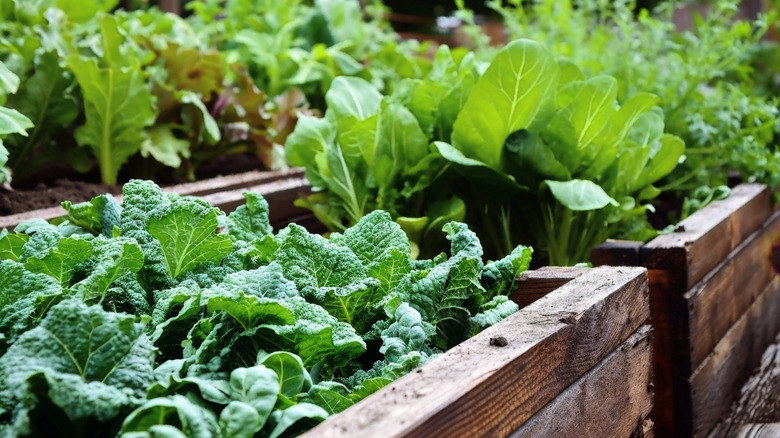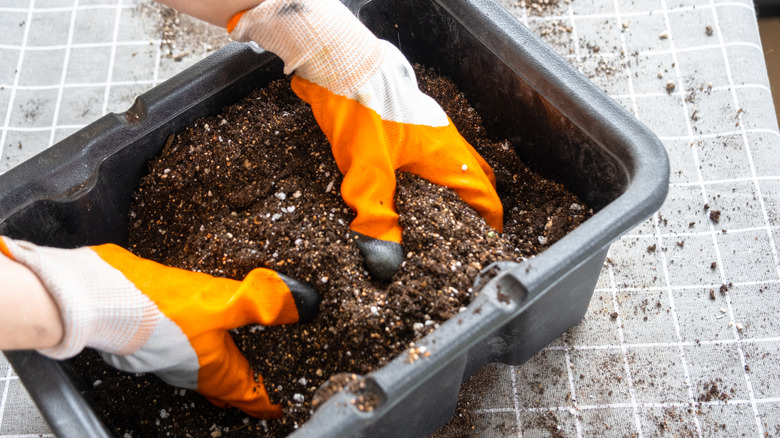The Best Type Of Soil To Fill Raised Garden Beds With When Growing Veggies
Finding success with a raised vegetable garden always begins with the soil. The best type of soil mix should balance nutrients, proper drainage, and room to breathe. Vegetables tend to demand a higher amount of nutrients than standard plants. The most common soil mix combines garden soil, compost, and some kind of aeration material like perlite or coarse sand. This mix provides proper water retention while avoiding compaction, and gives the plants the oxygen they need to thrive. Avoid using pure topsoil by itself as it can compact in raised beds, which can ultimately suffocate the vegetable roots.
You shouldn't skimp on the soil for your raised bed, so look for mixes specifically labeled for raised beds or vegetables, as these usually have a higher amount of organic materials that provide essential nutrients and help improve the soil structure. You should also check the soil's pH before filling your bed, as most vegetable crops prefer a slightly acidic range between 6 and 7.
Building the perfect vegetable-growing foundation
Not every garden environment is the same, and being able to customize your soil can help handle specific challenges. If you live in a hotter area, you can benefit from mixing in some coconut fiber for water retention. On the opposite end, if it rains a lot where you are, consider adding more coarse sand or perlite to the mix to prevent waterlogging. What you're growing is also something to consider, as vegetables that grow underground have different needs than their above-ground counterparts, so make sure to research your specific crop.
For the best results, create your own mix with important raised garden ingredients from a local provider; this gives you the control to mix a perfect ratio. Over time, soil in raised beds can settle, so be sure to refresh it every spring with 2 to 3 inches of fresh compost. This will help preserve the soil's structure while refreshing it with essential nutrients. Great soil isn't just about the first season, it's about creating a living ecosystem that improves over time. If you start with the right foundation, your raised vegetable bed will produce wonderful harvests year after year.

